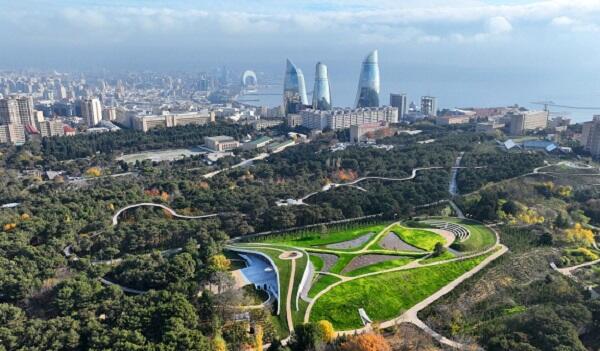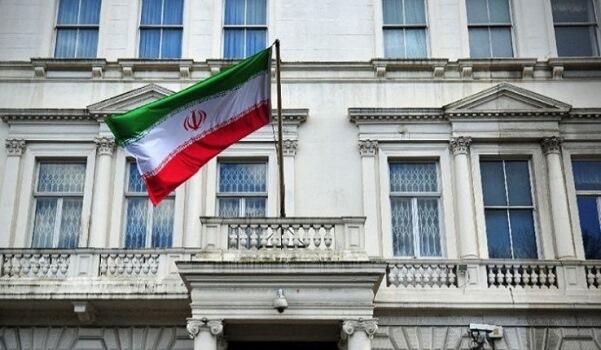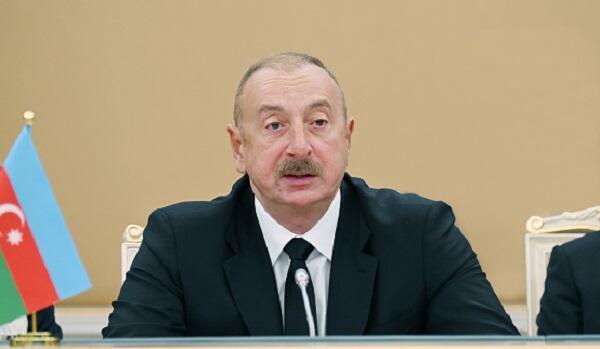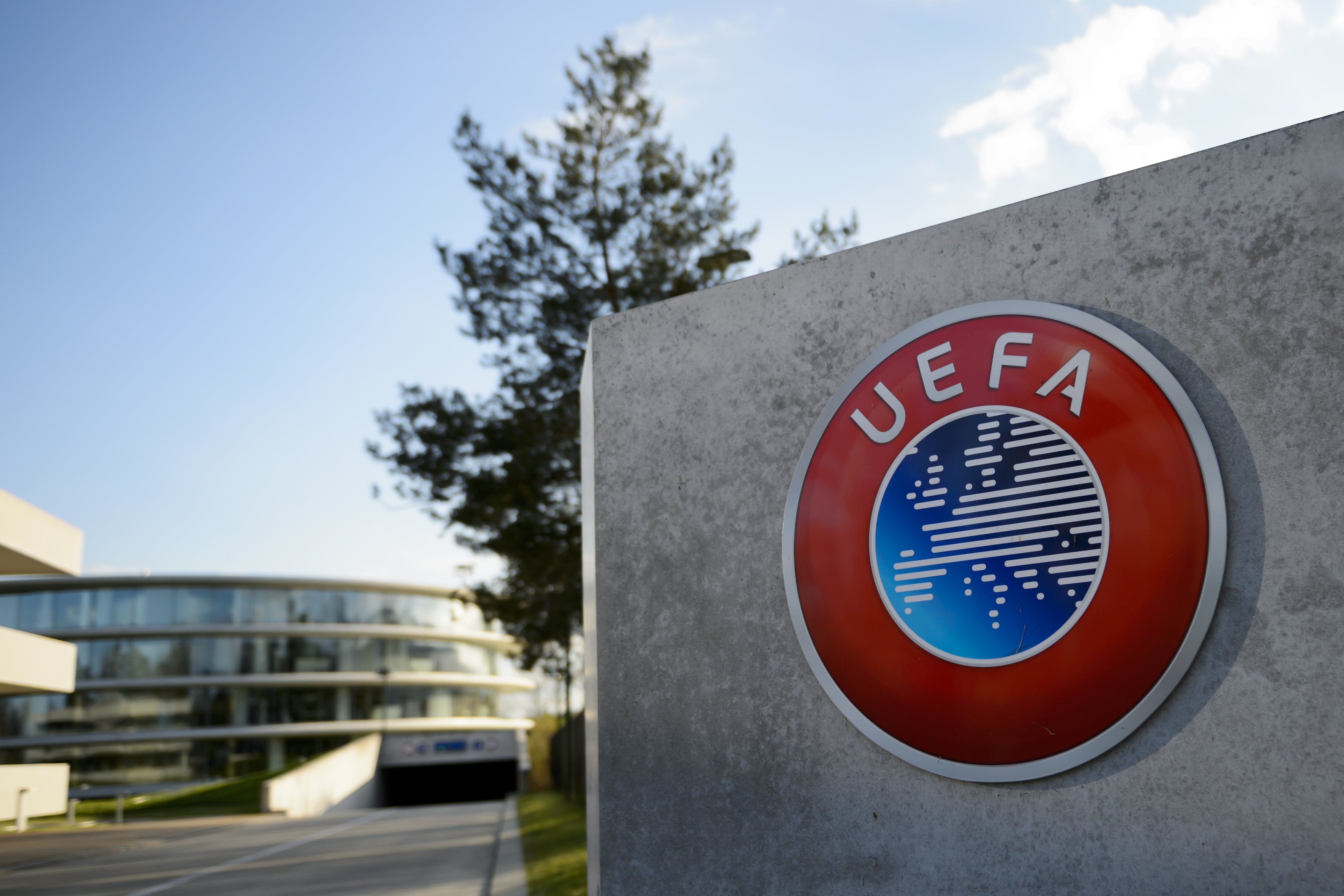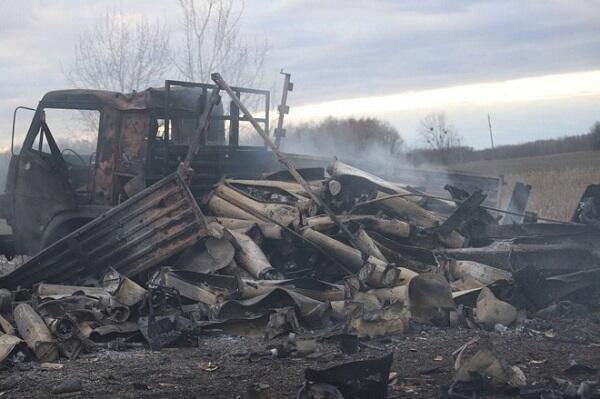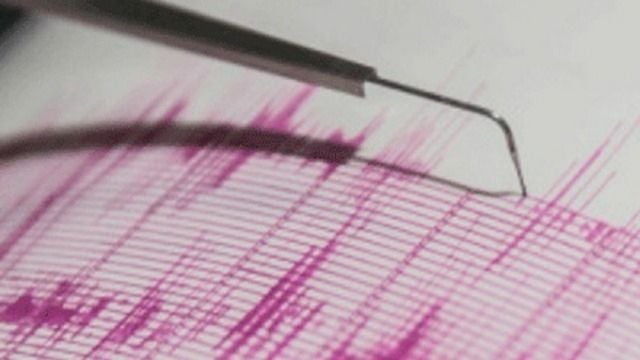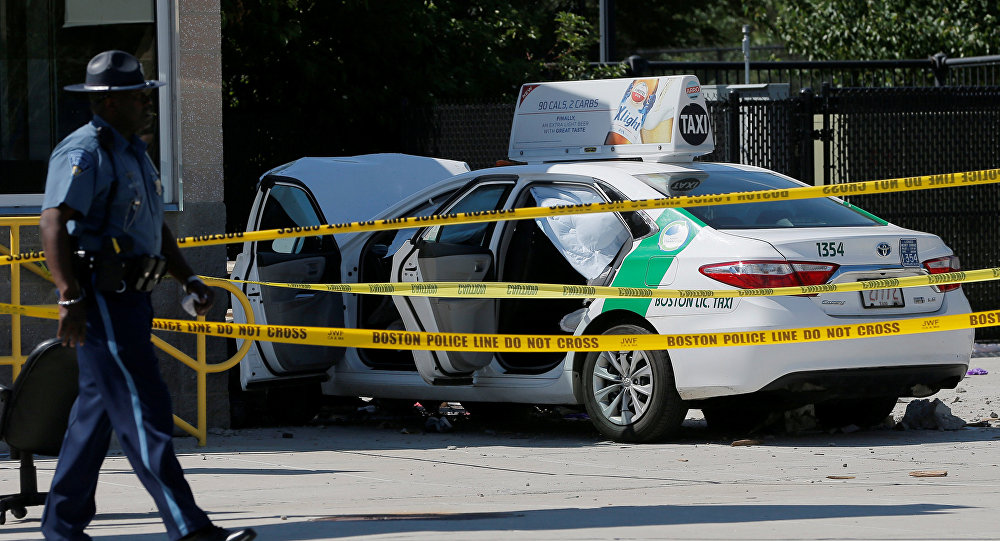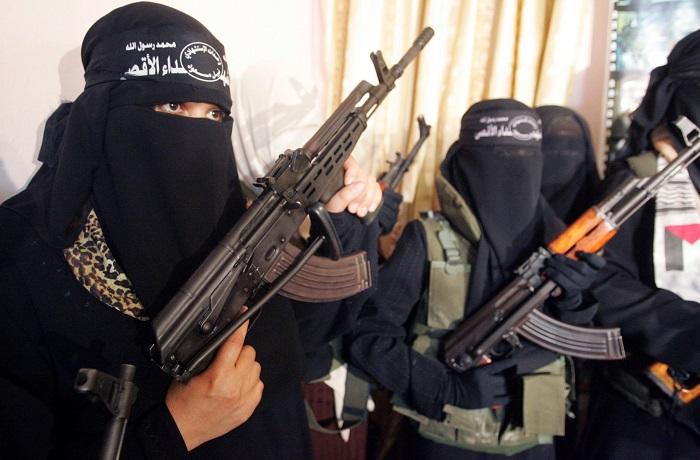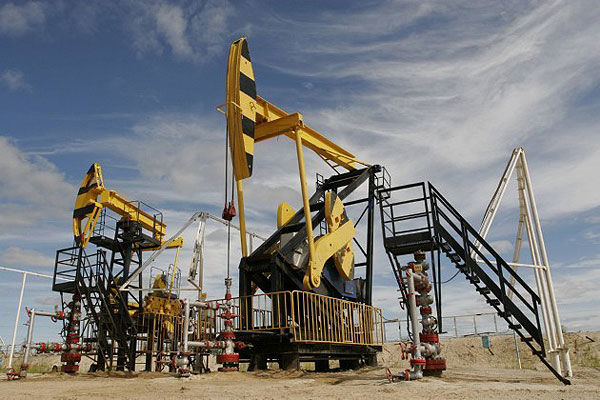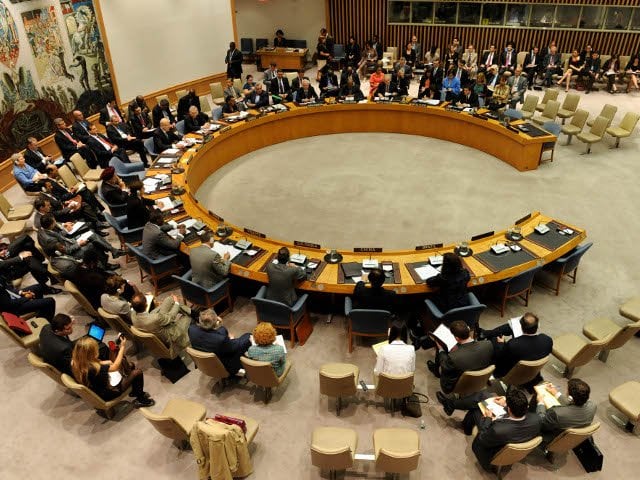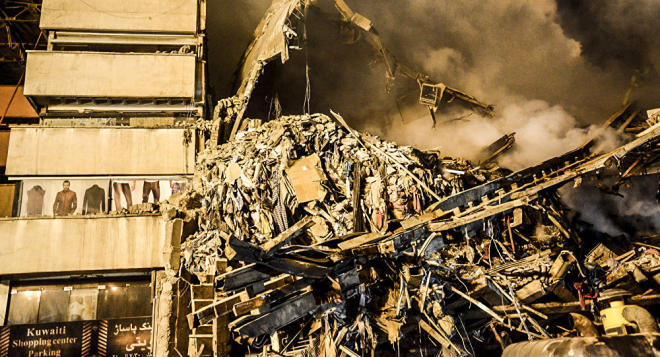The tragic collapse of the Plasco Building in Tehran raises concerns whether the Iranian capital should be relocated from its seismically dangerous region.
Axar.az reports that, despite the fact that the iconic Plasco Building was constructed in 1962 by leading Iranian engineers, a major fire that broke out in the high-rise on January 19 didn't just ravaged the structure; it caused it to collapse.
The fact that a fire could cause so much destruction prompted the Iranian public to wonder what might happen to other buildings in Tehran in the event of a major earthquake.
Bahram Akkasheh, a prominent geophysicist who is known as 'the father of Iranian seismology', told Sputnik Persian that the authorities should urgently consider either relocating the capital to a less-dangerous area or at least improve the earthquake resistance of buildings in Tehran.
"Virtually all of Iran’s territory is a seismically active area. About 83 percent of our cities are located in seismically dangerous areas, with another 16 percent in somewhat safer territory. Only 1 percent of our settlements, about a thousand small towns and villages where the probability of an earthquake is the smallest, can be considered safe," Akkasheh said.
He further explained that 20 years ago, Iran’s Supreme National Security Council tasked him to analyze seismic loading and provide substantial evidence confirming that Tehran is a seismically dangerous zone – a task that Akkasheh successfully completed.


